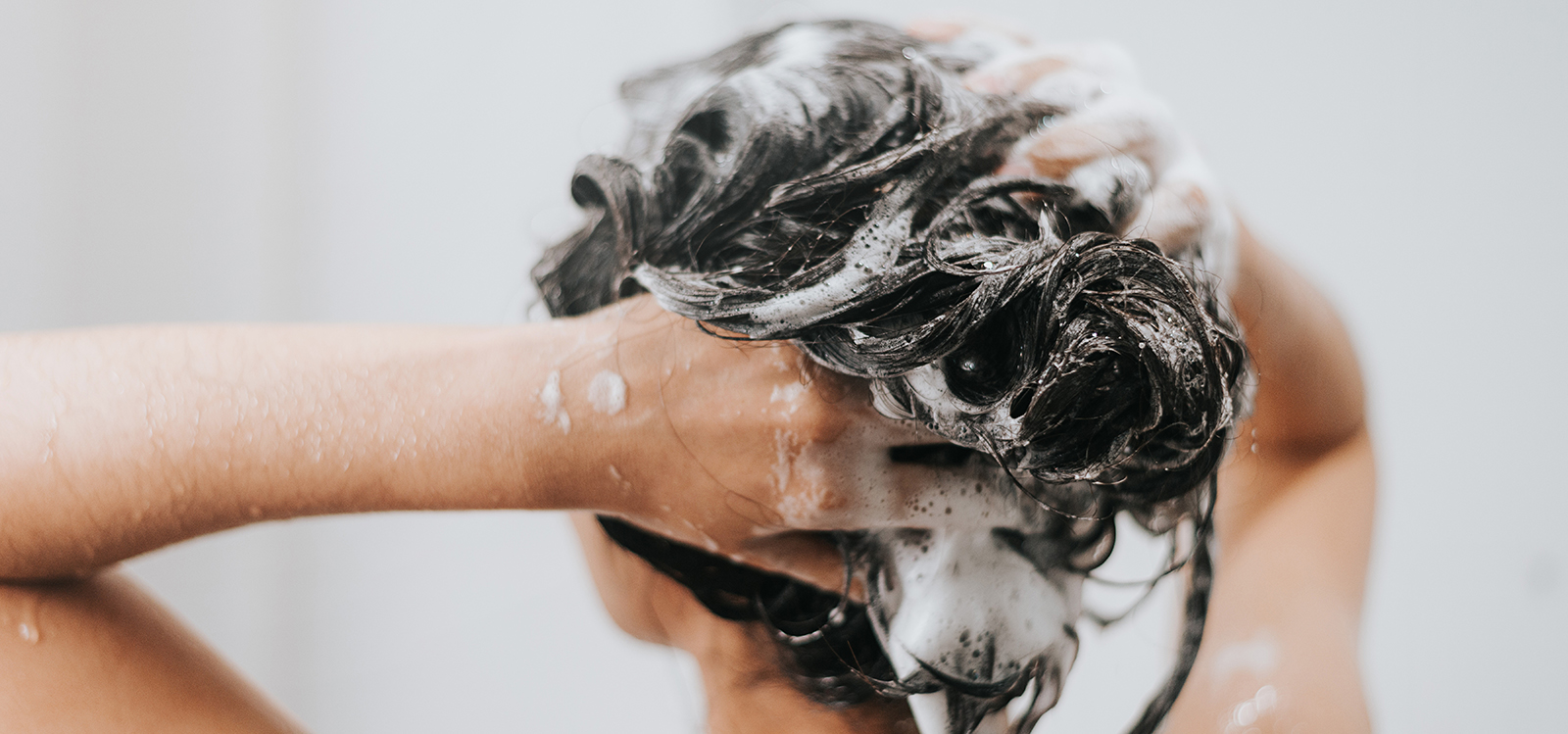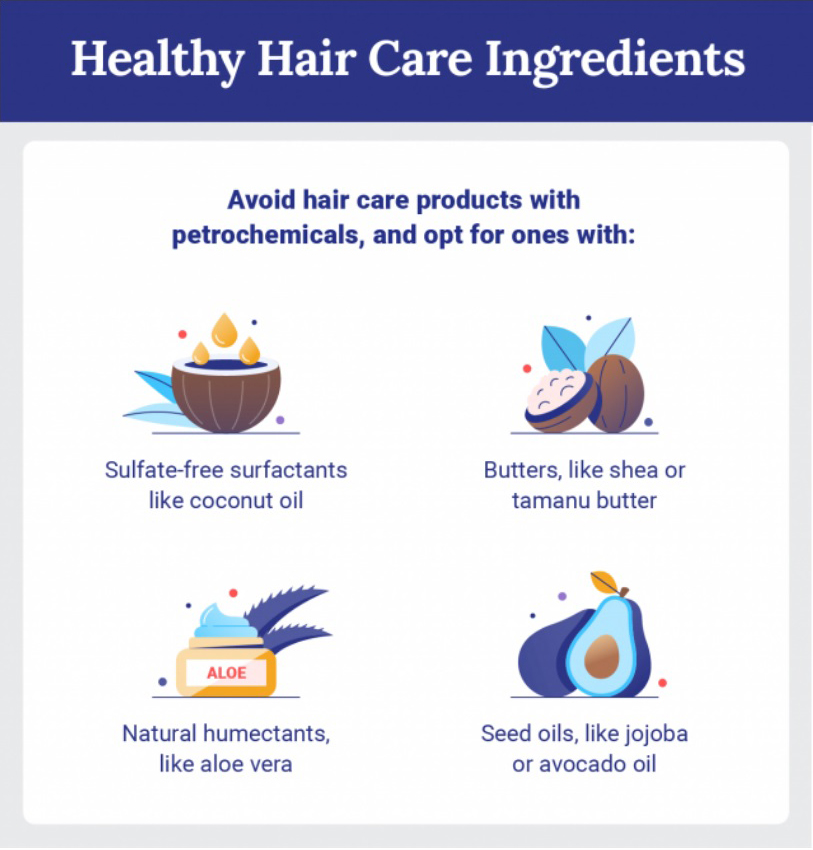Hair Care

Intro paragraph
Sulfates
(Sulfates help create the lather and bubbles in some shampoos)
Purpose: Shampoo lather
Commonly found in: Shampoos
Side effects: Skin and eye irritation, frizzy hair
Some of the most common surfactants (surface acting agents):
Ammonium lauryl sulfate
Sodium lauryl sulfate (SLS)
Sodium laureth sulfate (SLES)
Parabens (Formaldehyde)
Purpose: Preservative
Commonly found in: Shampoos, conditioners, chemical hair straighteners, hair smoothers (keratin treatments)
Side effects: Skin irritation, suspected hormone disruption and possible carcinogens
Formaldehyde
Multiple-use chemical that you may find in products across many industries. It’s sometimes referred to as:
Methylene glycol
Formalin
Silicones
Typically colorless oils /rubberlike substances / heat resistant
Purpose: Preservative
Commonly found in: Shampoos and conditioners
Side effects: Skin irritation, suspected hormone disruption and possible carcinogens
Types of Silicones:
Water-soluble silicones: These can be easily washed out of the hair with water, making them less likely to build up.
Non-water-soluble silicones: These do not dissolve in water and can accumulate on the hair over time if not thoroughly cleansed, potentially leading to buildup.
Evaporating silicones: Often found in leave-in products, these silicones evaporate after application, leaving minimal residue on the hair.
Some common types of silicones found in hair care products are:
Dimethicone
Phenyl trimethicone
Cyclomethicone
Cyclopentasiloxane
Cyclohexasiloxane
Silicone can build up with repeated use. It seals your hair cuticles in a layer that prevents moisture access, meaning your hair can actually dry out over time. Silicone can also weigh your hair down and flatten curls.
Coal Tar
Purpose: Product coloration
Commonly found in: Hair gels and dyes
Side effects: Cancer
Coal tar is used to dye all kinds of cosmetics. It’s a petroleum byproduct — specifically from coal processing — and like many petroleum products, it is a possible carcinogen that can contribute to the development of cancer in the lungs, digestive tract, kidneys and bladder at high concentrations. Coal tar can also contain other known carcinogens.
Because of its nature as a carcinogen, Canada and most of Europe banned coal tar for use. However, it’s still a legal additive for products in the United States.
Coal Tar
Purpose: Product coloration
Commonly found in: Hair gels and dyes
Side effects: Cancer
Coal tar is used to dye all kinds of cosmetics. It’s a petroleum byproduct — specifically from coal processing — and like many petroleum products, it is a possible carcinogen that can contribute to the development of cancer in the lungs, digestive tract, kidneys and bladder at high concentrations. Coal tar can also contain other known carcinogens.
Because of its nature as a carcinogen, Canada and most of Europe banned coal tar for use. However, it’s still a legal additive for products in the United States.





